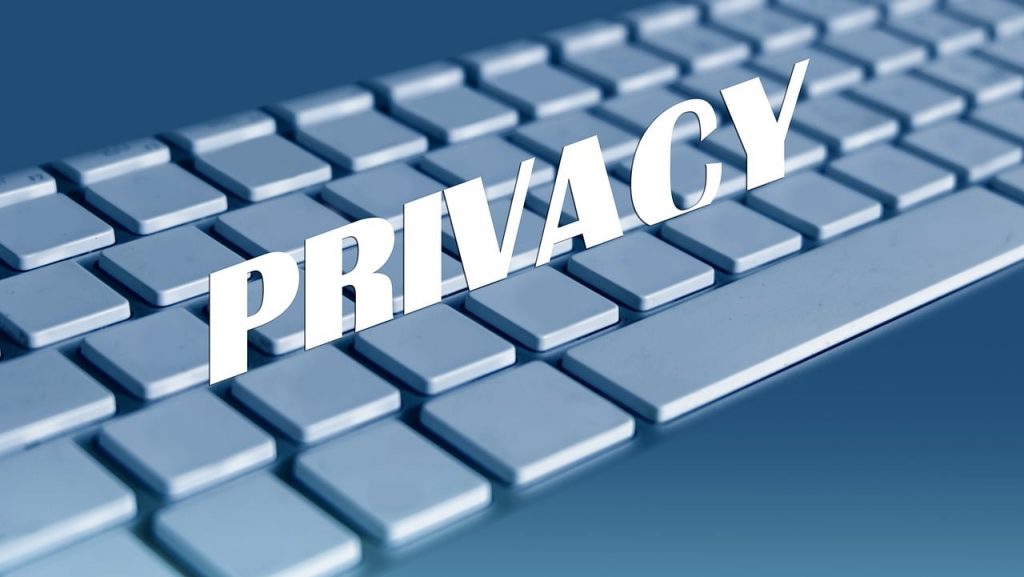Smart Home Devices: Security Risks and How to Avoid Them

The proliferation of smart home devices like smart speakers, security cameras, doorbells, thermostats, light bulbs and more has greatly increased convenience and connectivity in homes around the world. However, this connectivity comes with significant privacy and security risks that consumers should be aware of. Smart home devices collect vast amounts of data about users’ habits, behaviors, conversations and more which could be exploited by hackers or misused by manufacturers. Fortunately, there are steps consumers can take to minimize risks and use smart devices more safely. This essay will provide an overview of common smart home devices, discuss key security vulnerabilities, and offer best practices for reducing risks.
Overview of Smart Home Devices
The term “smart home” refers to a residence equipped with internet-connected devices that can be monitored and controlled remotely. While the concept originated decades ago, smart homes have become mainstream in recent years thanks to affordable, user-friendly products from Google, Amazon, Apple and others. Smart home devices typically connect to a home network and the internet via WiFi, allowing users to access and manage them from smartphones and other devices. Below are some of the most popular types of smart home products:
• Smart Speakers: Devices like Amazon Echo, Google Home and Apple HomePod are voice-controlled speakers that serve as hubs to control other devices and access information hands-free.
• Smart Lighting: Smart light bulbs like Philips Hue can be dimmed, brightened and color controlled remotely.
• Smart Plugs: Outlets that allow you to turn electronics on/off remotely and monitor energy usage.
• Smart Thermostats: Can adjust home temperatures automatically based on usage patterns and other data.
• Smart Locks: Allow keyless, remote control of door locks via smartphone.
• Smart Security Cameras: Monitor home interiors and exteriors in real-time and send notifications.
• Video Doorbells: Doorbell cameras that stream live video of visitors.
• Smart Appliances: Fridges, ovens, washers, dryers and more that connect for remote monitoring.
Many other niche smart devices exist, ranging from pet feeders to humidifiers. The key components they share are internet connectivity, remote access/control, and data collection.
Security Vulnerabilities of Smart Home Devices
While smart home tech offers many benefits, security experts have raised significant concerns about vulnerabilities that could compromise safety, privacy and user data. Below are some of the key risks:
• Weak Default Security Settings: Many devices ship with insecure default settings like simple hard-coded passwords that users don’t change, making them easy targets.
• Lack of Encryption: Data leakage can occur if communication between devices and the cloud is not encrypted properly during transfer.
• Outdated Software: Manufacturers often don’t issue timely security patches for known software bugs. Outdated firmware leaves devices open to exploits.
• Insecure WiFi Protocols: Devices connecting via weak WEP or WPA security standards rather than the more robust WPA2/WPA3 are vulnerable to man-in-the-middle and other attacks.
• Remote Exploits: Hardware/software security flaws can give hackers remote access and control over appliances in homes.
• User Privacy Concerns: Voice assistants and security cameras capture tremendous amounts of sensitive user data that may not have adequate protections.
• DDoS Botnets: Hackers can gain control over insecure IoT devices to commandeer them into botnets used for DDoS attacks. The massive 2016 Mirai botnet DDoS attack was powered largely by compromised IoT devices.
While no device is 100% immune to compromise, some have greater security risks than others. In general, security cameras, smart speakers and entertainment devices are among the most vulnerable. However, any insecurely configured connected device on a home network potentially exposes all other devices on the network as well as sensitive user data.
Best Practices for Consumers
While smart home tech comes with inherent risks, there are steps consumers can take to maximize security:
• Regularly Update Firmware/Software: Be sure to install all patches and upgrades from manufacturers promptly to ensure devices have the latest defenses. Enable auto-updates where available.
• Change Default Passwords: Set strong, unique passwords for every device rather than use default credentials prone to attack.
• Enable Multi-Factor Authentication: Adding an extra authentication step via verification codes sent to a user’s smartphone or email can prevent account takeovers.
• Connect Devices to Guest Networks: Isolating smart home gadgets from the main network protects other devices if one is compromised.
• Encrypt Data: When available, enable data encryption options on devices and home networks to prevent data leakage.
• Disable Features Not in Use: Turn off functionality that is unnecessary like microphones on security cameras to reduce potential data collection.
• Research Brand Reputation: Opt for security-focused manufacturers with a track record of issuing timely updates and transparency around data practices.
• Review Permissions: Be selective when granting device apps access to contacts, location and other sensitive phone data.
• Monitor Alert Notifications: Set up activity alerts for devices to be aware of any unrecognized usage patterns that could signal compromise.
No single precaution eliminates all risks, but taking basic steps greatly reduces attack surfaces. Ultimately, smart home tech requires balancing usability with vigilant security practices.
Conclusion
In closing, smart home gadgets provide exciting new levels of convenience but also pose significant privacy and security challenges. Weak default configurations, unencrypted data, outdated software, insecure wireless protocols and remote exploits are just some of the vulnerabilities threat actors can capitalize on. However, consumers have many options to minimize risks, from strengthening passwords and enabling multi-factor authentication to monitoring activity alerts and isolating devices on secure networks. As with any new technology, smart home platforms require ongoing vigilance to ensure security keeps pace with innovation. By making educated purchases, updating frequently and disabling unneeded features, users can enjoy smart home benefits more safely. Moving forward, manufacturers must also continue prioritizing security and data privacy protections in response to rising public concerns.







